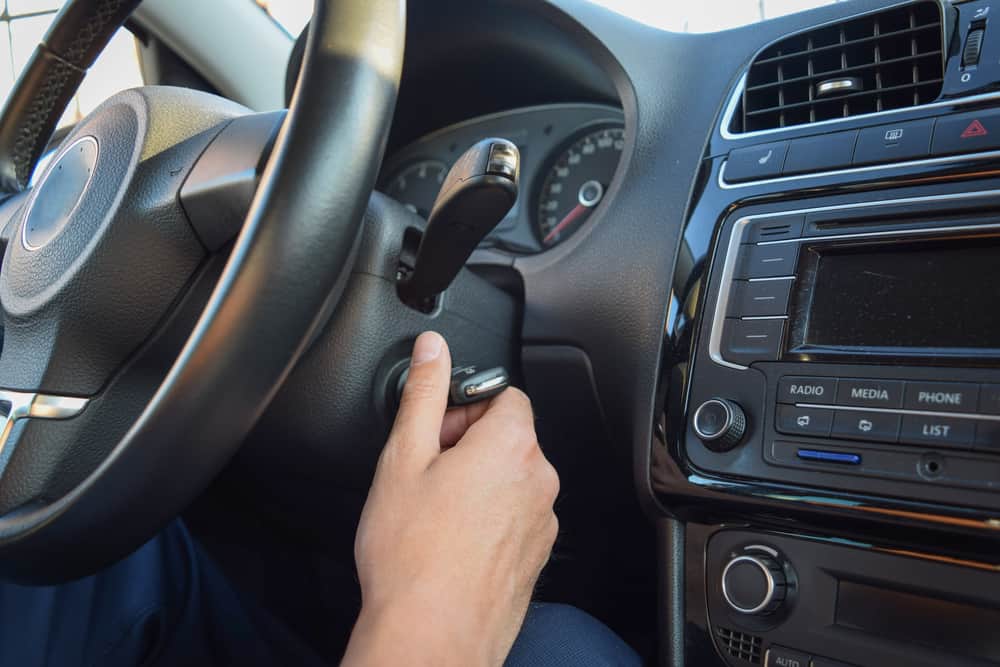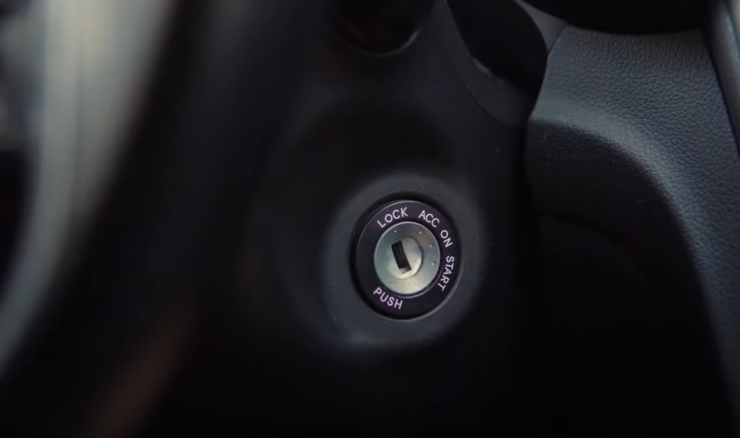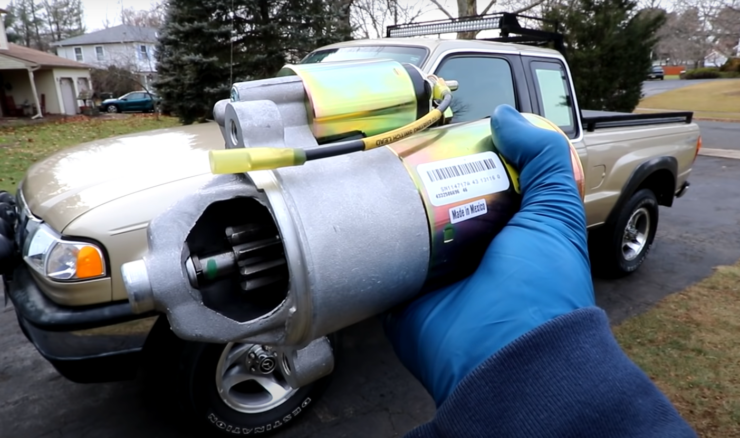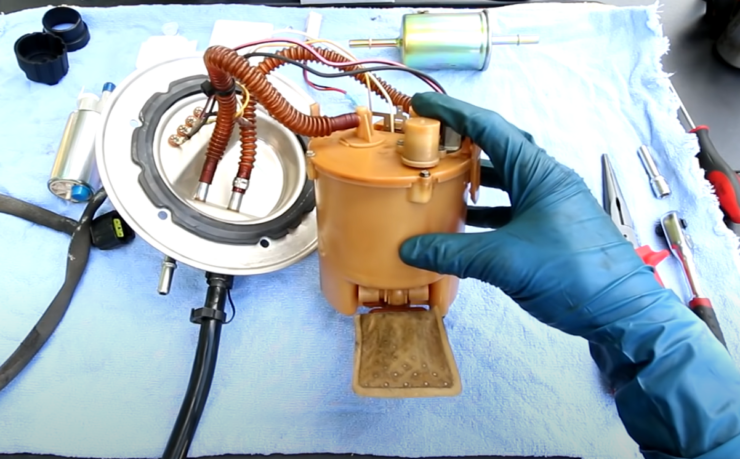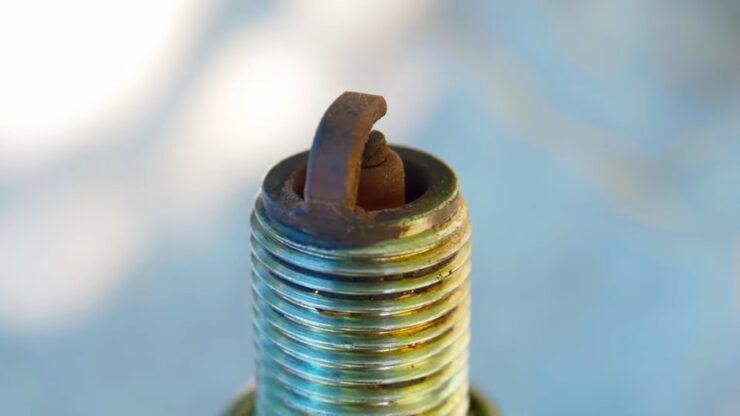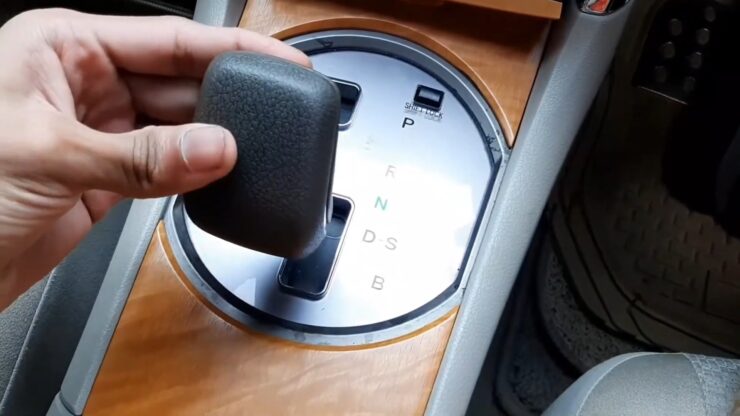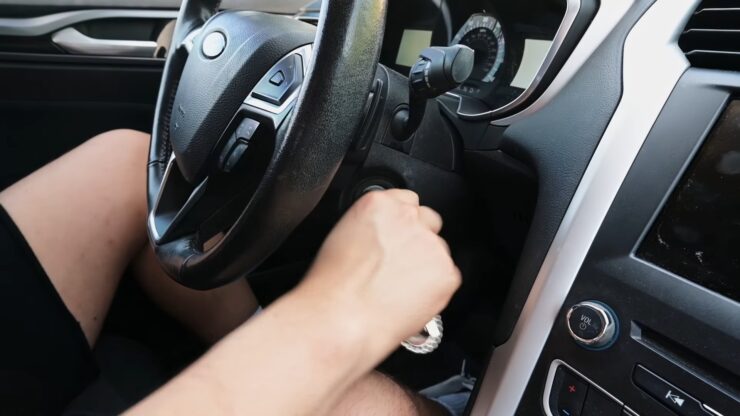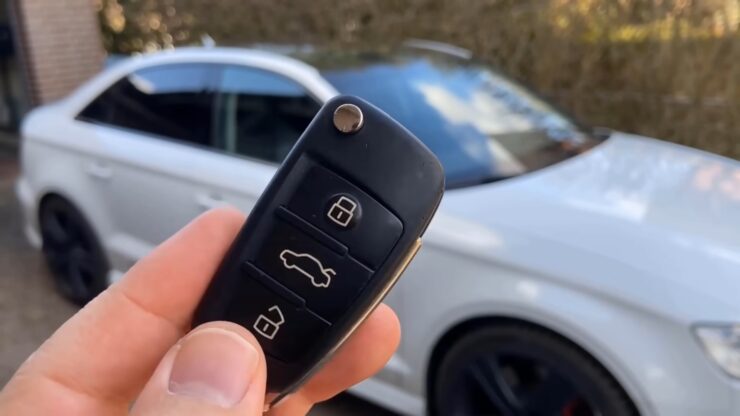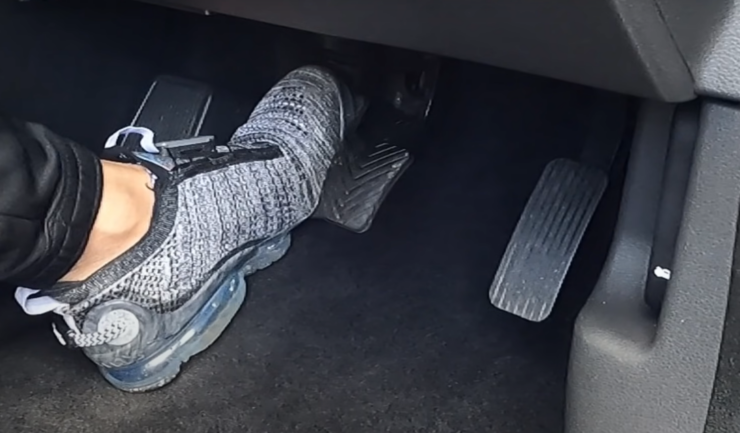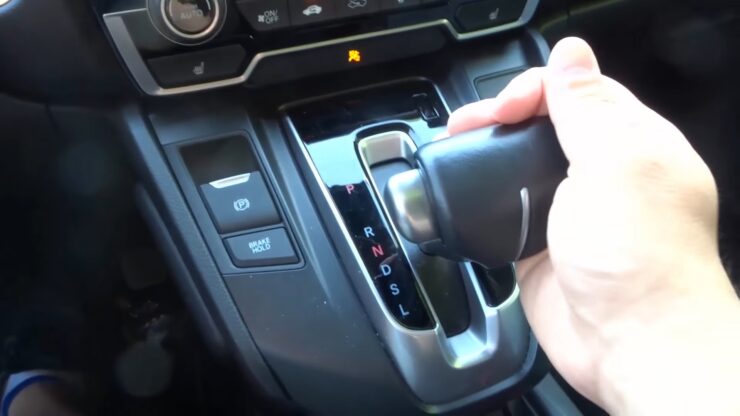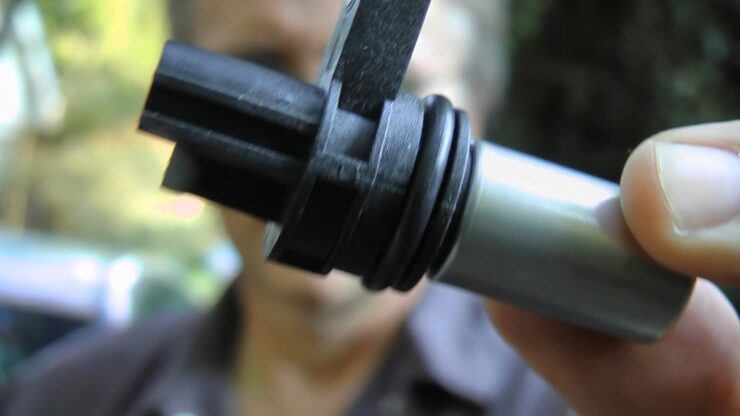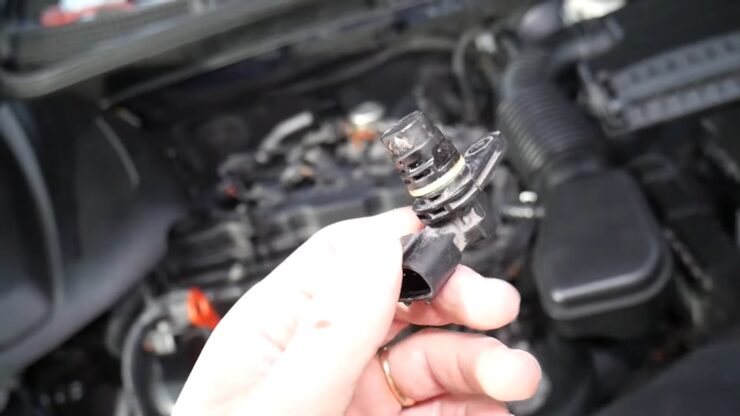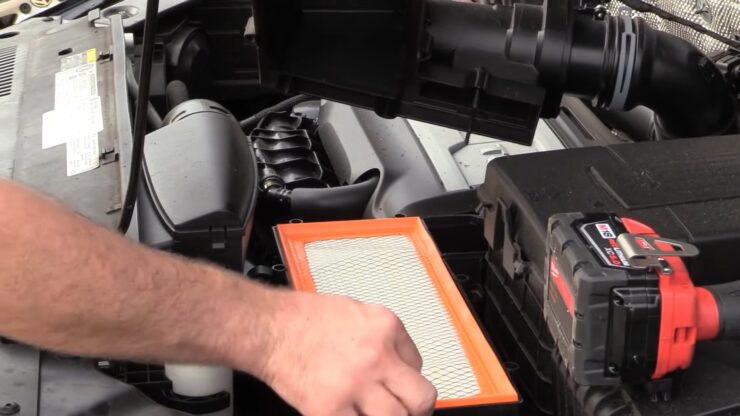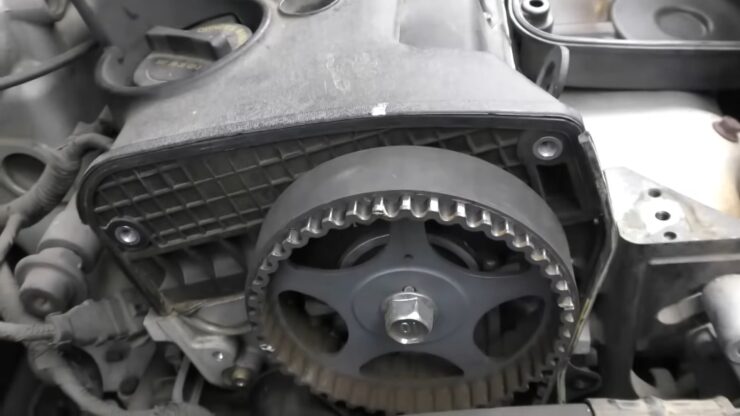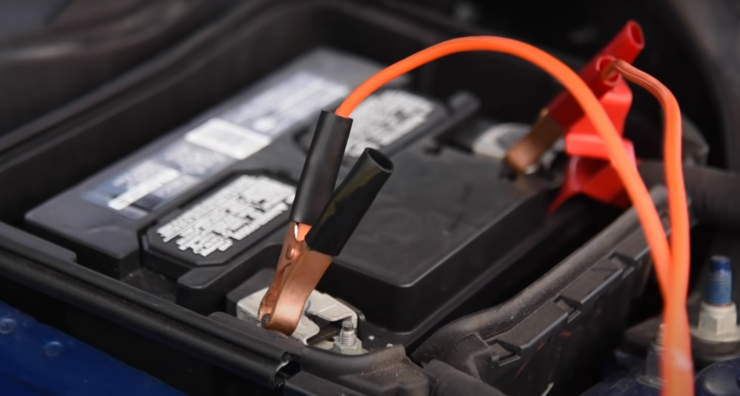You turn the key, and nothing happens. Your car won’t start, but the battery is good. It’s a perplexing situation that can leave you scratching your head, stranded in a parking lot, or late for an important meeting. But don’t despair; there are numerous reasons why this could be happening, and an equal number of solutions to get you back on the road.
In this comprehensive guide, we’ll explore 15 possible reasons why your car won’t start even though the battery is in good shape. We’ll break down each issue, offer solutions, and provide personal insights to help you navigate this frustrating scenario.
Drawing from my own experience of being stranded in the middle of nowhere, I can tell you that understanding the underlying issues can be a lifesaver. So, buckle up as we delve into the nitty-gritty of automotive troubleshooting, making the complex simple for everyone to understand.
1. Ignition Switch Issues
The ignition switch is the gateway to your car’s electrical system. It’s what connects the battery to the starter and other electrical components. If this switch fails, your car won’t start, even if the battery is fully charged.
Common Symptoms
When the ignition switch is faulty, you may notice that the dashboard lights flicker or don’t come on at all. You might also find that the key turns, but nothing happens.
How to Diagnose
To diagnose a faulty ignition switch, you can try jiggling the key while it’s in the ignition. If the dashboard lights come on intermittently, it’s a sign that the switch is failing.
Solutions
- Replace the Ignition Switch: This is often the most straightforward solution. It’s a relatively inexpensive part, but labor costs can add up.
- Temporary Fix: As a short-term solution, you can try tapping the ignition switch with a small hammer to realign the internal components. However, this is not a long-term solution.
2. Starter Motor Problems
The starter motor is what physically turns the engine over, initiating the combustion process. If the starter motor is faulty, your car won’t start, leaving you stranded.
Common Symptoms
You’ll typically hear a clicking sound when you turn the key, but the engine won’t crank. This is a clear indication that the starter motor might be the culprit.
How to Diagnose
The best way to diagnose a faulty starter motor is to tap it lightly with a hammer while someone else tries to start the car. If the car starts, you’ve found your problem.
Solutions
- Replace the Starter Motor: This is often the most effective solution. The cost can vary depending on the make and model of your car.
- Check the Wiring: Sometimes, the issue may be as simple as a loose wire. Make sure all connections are secure before opting for a replacement.
3. Fuel System Malfunctions
The fuel system is the lifeblood of your car’s engine. Without a proper supply of fuel, your car won’t start, no matter how good the battery is.
Common Symptoms
If your car cranks but doesn’t start, it’s a sign that the fuel system may be compromised. You might also smell gasoline, indicating a leak.
How to Diagnose
Check the fuel pump, fuel filter, and fuel injectors. A simple way to test the fuel pump is to listen for a humming sound when you turn the key to the “On” position.
Solutions
- Replace the Fuel Pump: If the fuel pump is not working, it will need to be replaced.
- Clean or Replace the Fuel Injectors: Dirty fuel injectors can also prevent your car from starting. Cleaning or replacing them can often solve the problem.
4. Spark Plug Complications
Spark plugs are essential for igniting the air-fuel mixture in the engine. A faulty spark plug can prevent your car from starting, even if the battery is in perfect condition.
Common Symptoms
If your car is having trouble starting and you’ve ruled out the battery, the spark plugs could be the issue. You may experience misfires, poor fuel economy, or even a “Check Engine” light.
How to Diagnose
Remove the spark plugs and inspect them for wear, tear, or carbon deposits. A worn-out spark plug will have a rounded or damaged electrode.
Solutions
- Replace the Spark Plugs: If the spark plugs are worn out or damaged, they should be replaced.
- Clean the Spark Plugs: If they are just dirty, you can clean them with a wire brush and some brake cleaner.
5. Transmission Lock
The transmission lock is a safety feature that prevents the car from starting unless it’s in “Park” or “Neutral.” If this lock fails, your car won’t start.
Common Symptoms
You may find that the gear shifter is stuck or that you can’t move it out of “Park.”
How to Diagnose
Try shifting into “Neutral” and then back to “Park.” If the car starts in “Neutral,” the transmission lock is likely the issue.
Solutions
- Replace the Transmission Lock: This is often the most effective solution.
- Check for Obstructions: Sometimes, debris or other objects can obstruct the gear shifter, preventing it from moving.
6. Computer System Failure
Modern cars rely heavily on computer systems for various functions. A failure in the computer system can prevent the car from starting.
Common Symptoms
You may see multiple warning lights on the dashboard, or the car may not respond to the key fob.
How to Diagnose
A diagnostic scan using an OBD-II scanner can reveal any computer-related issues.
Solutions
- Reset the Computer: Disconnecting and reconnecting the battery can sometimes reset the computer system.
- Software Update: Check if there are any software updates available for your car’s computer system.
7. Alternator Issues
The alternator charges the battery while the car is running. If it fails, the battery will eventually drain, even if it’s initially in good condition.
Common Symptoms
You may notice dimming headlights or a whining noise coming from the engine.
How to Diagnose
Use a multimeter to check the voltage output from the alternator. A reading below 13 volts is a sign of a failing alternator.
Solutions
- Replace the Alternator: If the alternator is failing, it will need to be replaced.
- Check the Serpentine Belt: Sometimes, a loose or damaged serpentine belt can affect the alternator’s performance.
8. Security System Glitch
Car security systems are designed to prevent theft, but sometimes they can malfunction and prevent the owner from starting the car.
Common Symptoms
The car may not respond to the key fob, or you may see a security light flashing on the dashboard.
How to Diagnose
Try using a different key or key fob. If the car starts, the original key may be faulty.
Solutions
- Reset the Security System: Consult your car’s manual for instructions on how to reset the security system.
- Replace the Key Fob Battery: A low battery can sometimes cause the key fob to malfunction.
I remember a time when I was covering an event, and right when I was about to leave, my car wouldn’t start. The culprit? A faulty ignition switch. It was a stressful situation, especially with deadlines looming. That experience taught me the importance of regular maintenance checks to avoid such inconveniences.
9. Clutch Pedal Position
For those driving manual transmission vehicles, the clutch pedal position sensor ensures that the car only starts when the clutch is fully engaged. If this sensor fails, your car won’t start.
Common Symptoms
You may find that the car won’t start unless you excessively press down on the clutch, or it may not start at all.
How to Diagnose
Try pressing the clutch pedal to various depths to see if there’s a specific position where the car starts.
Solutions
- Adjust the Clutch Pedal: Sometimes, a simple adjustment can solve the problem.
- Replace the Sensor: If the sensor is faulty, it will need to be replaced.
10. Neutral Safety Switch
The neutral safety switch is another safety feature that prevents automatic cars from starting unless they are in “Park” or “Neutral.” A faulty switch can keep your car from starting.
Common Symptoms
The car may only start in “Neutral” but not in “Park,” or it may not start in either position.
How to Diagnose
Shift the car into “Neutral” and try to start it. If it starts, the neutral safety switch may be the issue.
Solutions
- Replace the Neutral Safety Switch: This is usually the most effective solution.
- Check the Wiring: Loose or corroded wiring can also cause the switch to malfunction.
11. Crankshaft Position Sensor
The crankshaft position sensor monitors the engine’s RPM and helps in the timing of ignition and fuel injection. A failing sensor can prevent the car from starting.
Common Symptoms
You may experience hard starts, stalling, or the engine may not start at all.
How to Diagnose
A diagnostic scan can usually identify a faulty crankshaft position sensor.
Solutions
- Replace the Sensor: If the sensor is faulty, it will need to be replaced.
- Check for Wiring Issues: Sometimes, the problem could be with the wiring rather than the sensor itself.
12. Camshaft Position Sensor
The camshaft position sensor helps control the timing of the opening and closing of the valves. A malfunctioning sensor can lead to poor engine performance or failure to start.
Common Symptoms
The engine may stall, or you may experience poor acceleration and fuel economy.
How to Diagnose
A diagnostic scan can usually identify a faulty camshaft position sensor.
Solutions
- Replace the Sensor: If the sensor is faulty, it will need to be replaced.
- Check for Wiring Issues: As with the crankshaft position sensor, wiring issues can also be the culprit.
13. Air Filter Blockage
Your car’s engine needs a steady supply of air to operate efficiently. If the air filter is clogged or blocked, it can hinder airflow and prevent your car from starting.
Common Symptoms
You may notice reduced engine power, poor acceleration, or a decrease in fuel efficiency.
How to Diagnose
Inspect the air filter for dirt, debris, or clogs. A visual examination can often reveal if it’s the culprit.
Solutions
- Replace the Air Filter: If it’s dirty or clogged, a simple replacement can restore airflow and resolve the issue.
- Clean the Filter: In some cases, you can clean the filter with compressed air or a cleaning solution if it’s not severely clogged.
14. Timing Belt Failure
The timing belt plays a crucial role in synchronizing the engine’s internal components. If it breaks or slips, it can lead to severe engine damage and a non-starting car.
Common Symptoms
You may hear a slapping or rattling noise from the engine, or the car may stall suddenly.
How to Diagnose
Inspect the timing belt for visible damage or signs of wear. If it’s broken or severely damaged, it will need replacement.
Solutions
- Replace the Timing Belt: If the belt is damaged, replacement is essential. It’s a complex and time-consuming job, often best left to professionals.
- Inspect Other Engine Components: A broken timing belt can cause other engine components to fail. Be prepared for potential additional repairs.
15. Vacuum Leaks
Vacuum leaks in your car’s engine can disrupt the air-fuel mixture, affecting combustion and preventing the car from starting.
Common Symptoms
You may experience rough idling, poor acceleration, or a persistent “Check Engine” light.
How to Diagnose
A smoke test can help identify vacuum leaks by introducing smoke into the vacuum system and observing where it escapes.
Solutions
- Identify and Seal Leaks: Once the leaks are located, they should be sealed or repaired. This can involve replacing gaskets, hoses, or other components.
- Professional Inspection: Diagnosing and repairing vacuum leaks can be tricky. If you’re not experienced, it’s often best to consult a mechanic.
With this, we’ve covered the last batch of potential reasons why your car won’t start despite a good battery. Remember that diagnosing and fixing these issues can sometimes be complex, and it’s perfectly fine to seek professional help when needed.
Additional Insights
While we’ve covered a wide range of reasons why your car may not start despite a good battery, there are a few additional insights to keep in mind:
- Regular Maintenance: Regularly scheduled maintenance, including checking and replacing components like spark plugs, filters, and belts, can significantly reduce the likelihood of starting issues.
- Diagnostic Tools: Investing in an OBD-II scanner can help you quickly diagnose computer-related problems in your car’s system.
- Seek Professional Help: If you’re unsure about diagnosing or fixing any car issues, it’s always a good idea to consult a qualified mechanic or technician.
FAQ
What should I do if my car’s security system prevents it from starting?
If your car’s security system is causing starting issues, try using a different key or key fob. Additionally, consult your car’s manual for instructions on how to reset the security system. In cases of persistent issues, consider replacing the key fob battery or seeking professional assistance.
How do I diagnose and fix vacuum leaks in my car’s engine?
Vacuum leaks can disrupt the air-fuel mixture and affect your car’s starting. To diagnose and fix vacuum leaks, consider a smoke test that introduces smoke into the vacuum system to pinpoint leaks. Once identified, seal or repair the leaks by replacing gaskets, hoses, or other components. For complex issues, consult a mechanic.
Is it possible to temporarily fix a faulty starter motor by tapping it with a hammer?
Yes, tapping a faulty starter motor with a hammer can sometimes provide a temporary fix by realigning internal components. However, this is not a long-term solution, and it’s recommended to replace the starter motor for a reliable and safe fix.
Final Words
Car troubles can be frustrating, especially when your car won’t start despite a good battery. However, with the knowledge gained from this guide and a bit of troubleshooting, you can often identify and resolve the issue. Remember, regular maintenance and attention to detail can go a long way in ensuring your vehicle runs smoothly. Stay safe on the road, and may your car always start when you need it.

